Feb 5, 2024
We had the privilege of interviewing Dennis Johann Mueller, a visionary Footwear Designer, who is at the forefront of integrating Artificial Intelligence into the creative process of design.
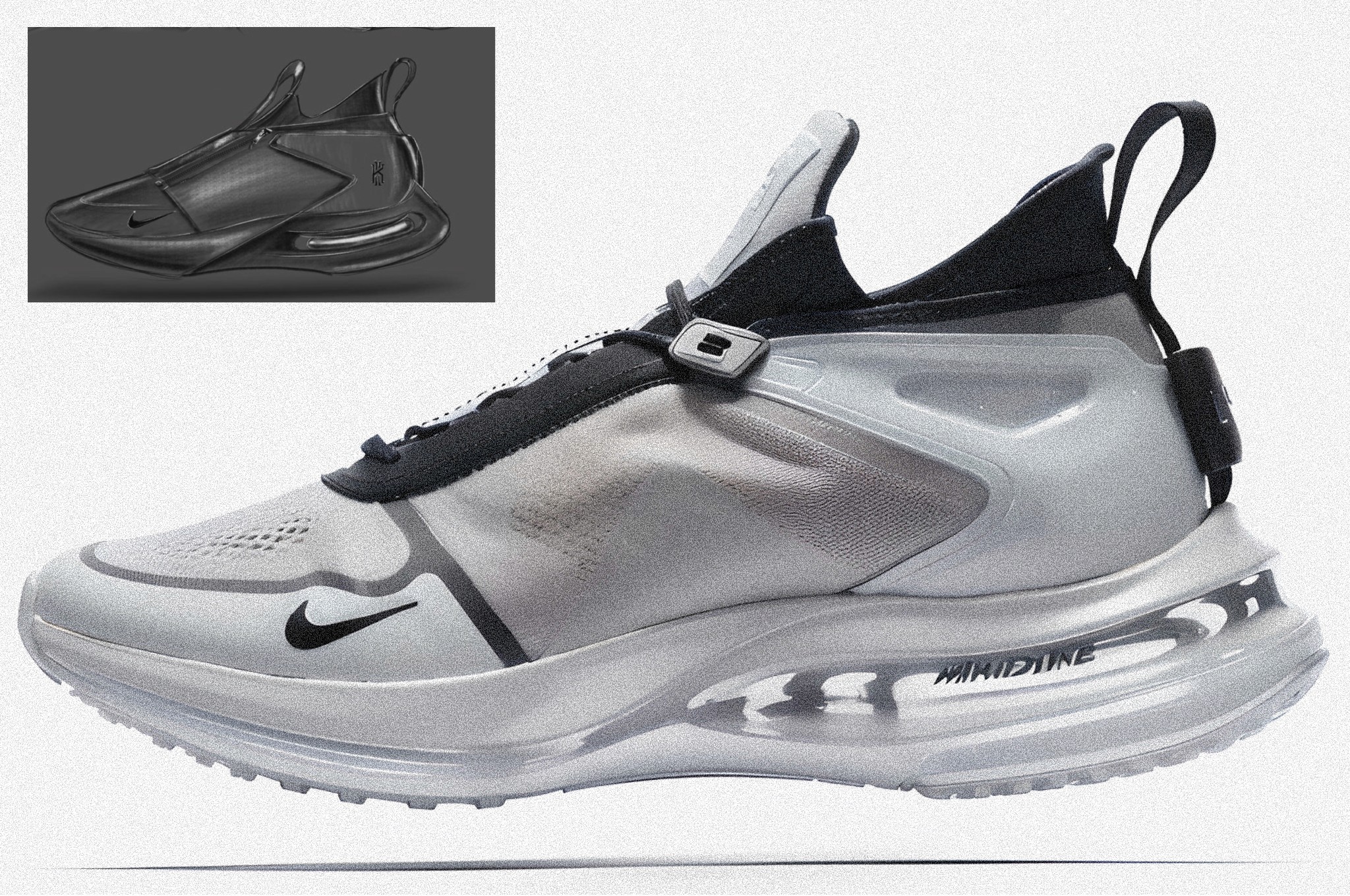
Mueller has embraced AI tools since 2021, finding in them not just a novelty but a profound potential to enhance the design journey. His work, particularly with Vizcom, showcases a symbiotic relationship between human creativity and machine intelligence, transforming the way we think about design, collaboration, and innovation.
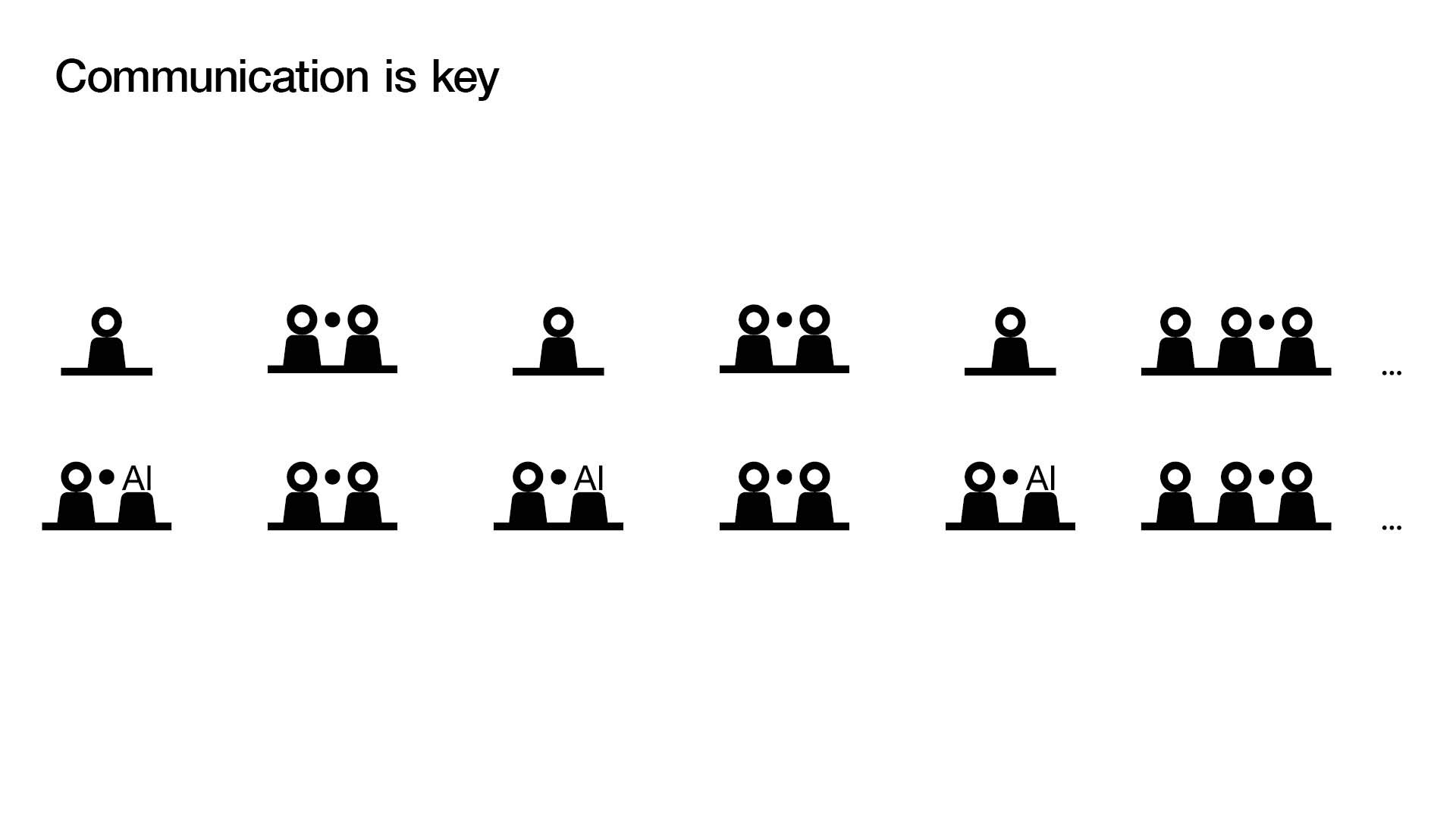
As we explore Mueller's philosophy and workflow, we see a journey that begins with a solitary idea and evolves through constant exchange into a fully fleshed-out product idea, ready to be refined and introduced to the world.
Below, Dennis shares his insights and experiences, offering a first-person perspective into how he's integrated AI tools like Vizcom into his creative processes.
What's a misconception about AI's role in design?
The Creative Co-Worker
People are always afraid of the New. I´m always curious about it. So I started using AI design tools in 2021 and back then I thought it was kind of a nice gadget to play around with but did not see the whole potential behind it.
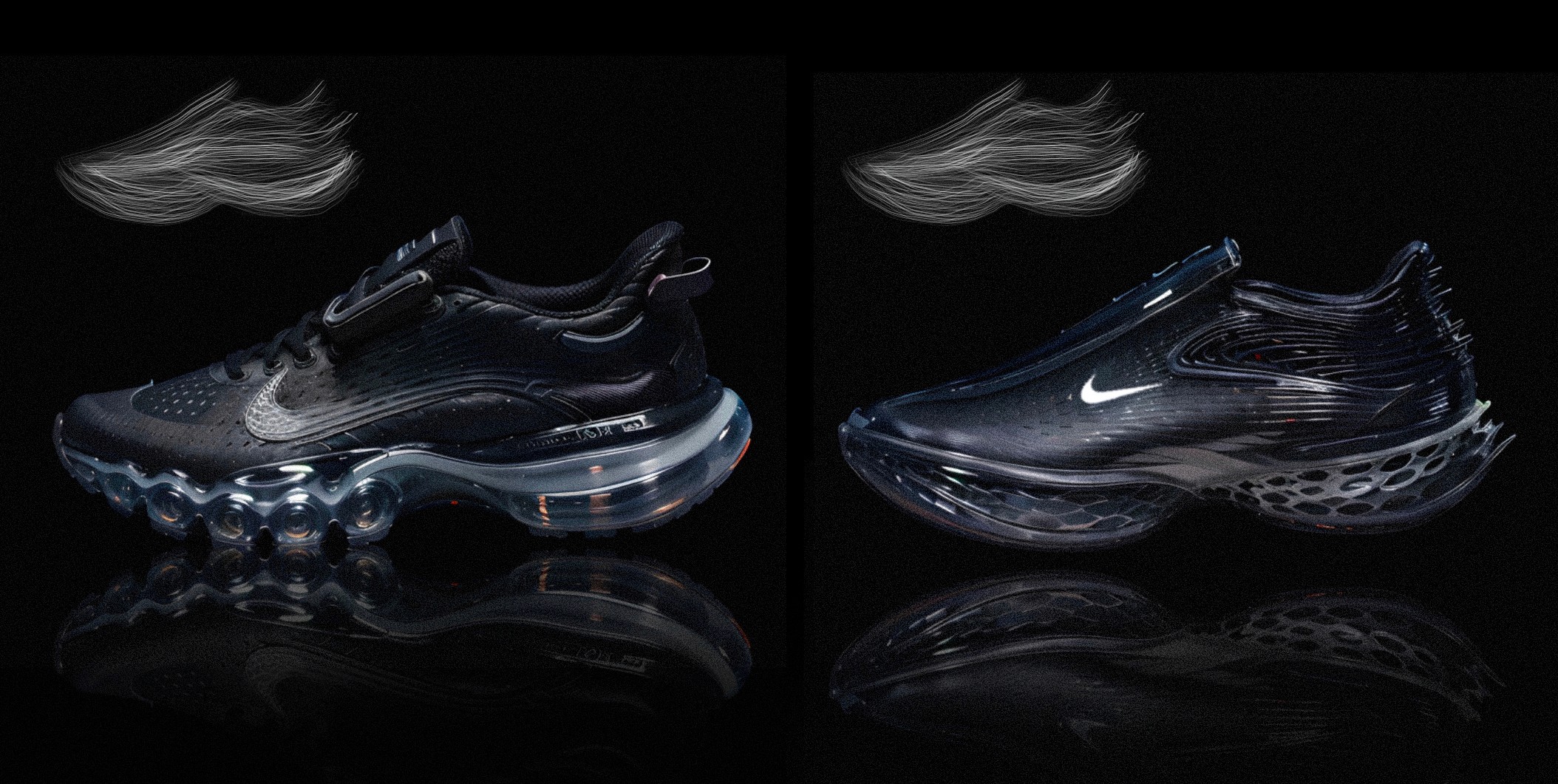
For sure AI in general is under discussion and that's an important thing to do now to compare the positive and negative effects it could cause. But to find out the potential, you need to try it and judge later on. I started using Vizcom heavily at the beginning of 2023. A thing I fell in love with was the intuitive user interface. Nothing distracts you, the functions are very clear and the settings are not overwhelming.
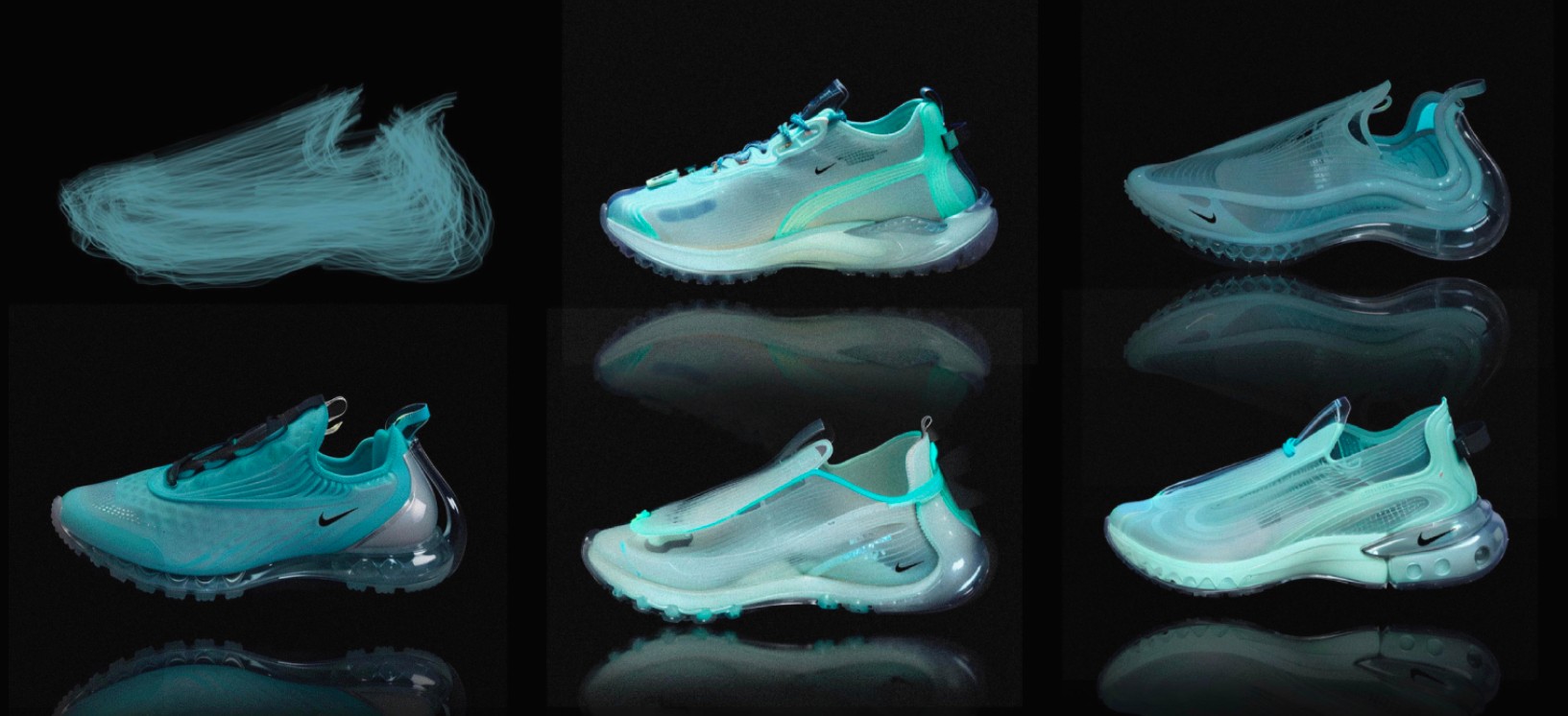
I always begin with a hand-drawn sketch and a self-written prompt, laying the groundwork for my ideas in a traditional creative manner before digital rendering. Many misunderstand this part, but to me, it's akin to an early-stage collaborator where I share initial concepts shortly after starting a project. Effective communication, even in these nascent stages, is crucial for success. Engaging in clear, unbiased exchanges with tools like AI can significantly enhance the outcome.
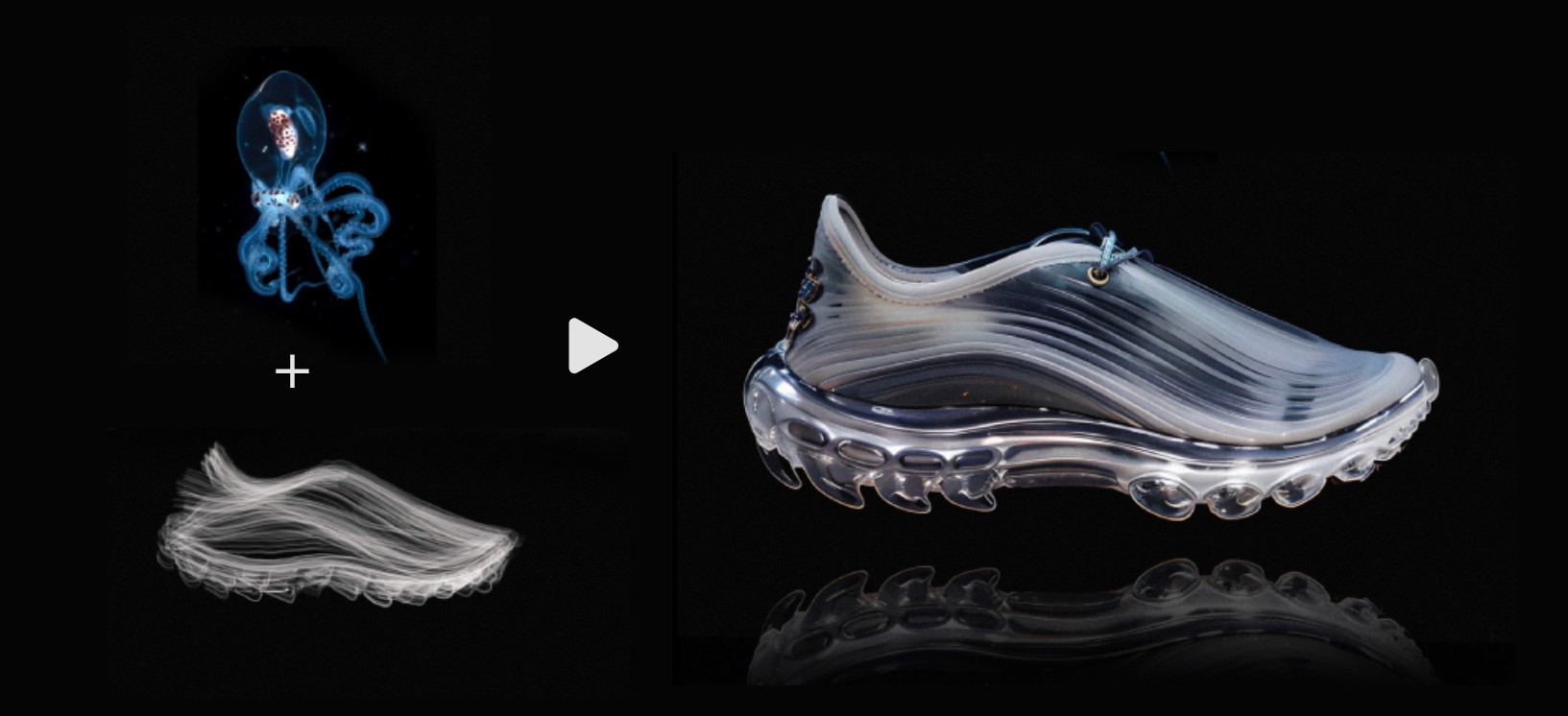
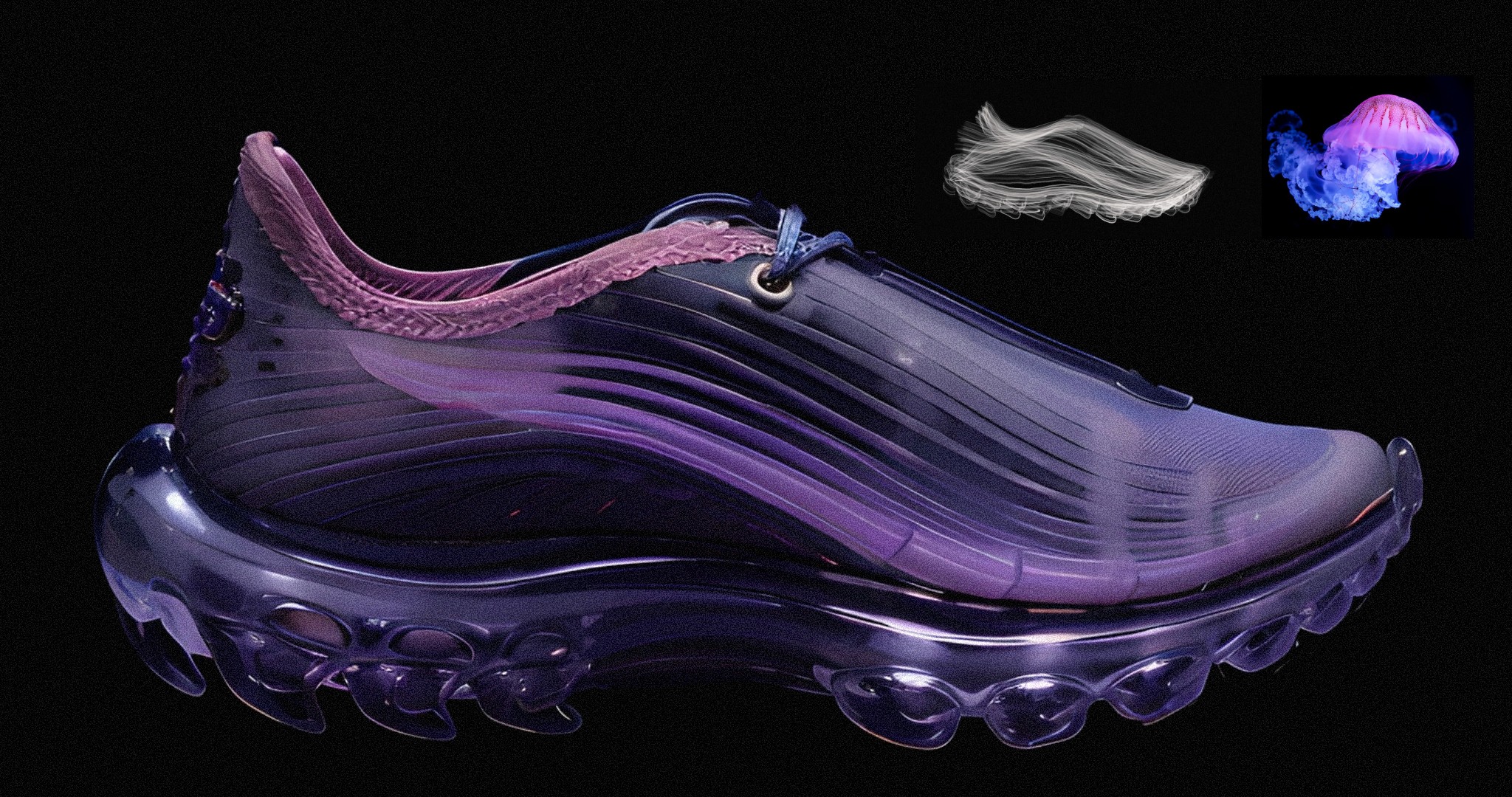
I´m not saying that you should always use AI tools but in some cases, it makes sense, especially when you're stuck with new ideas and have a kind of writer's block in design. Then I always use a sketch and put it into Vizcom to create new ideas or give the initial idea a twist, edge, and/or life.
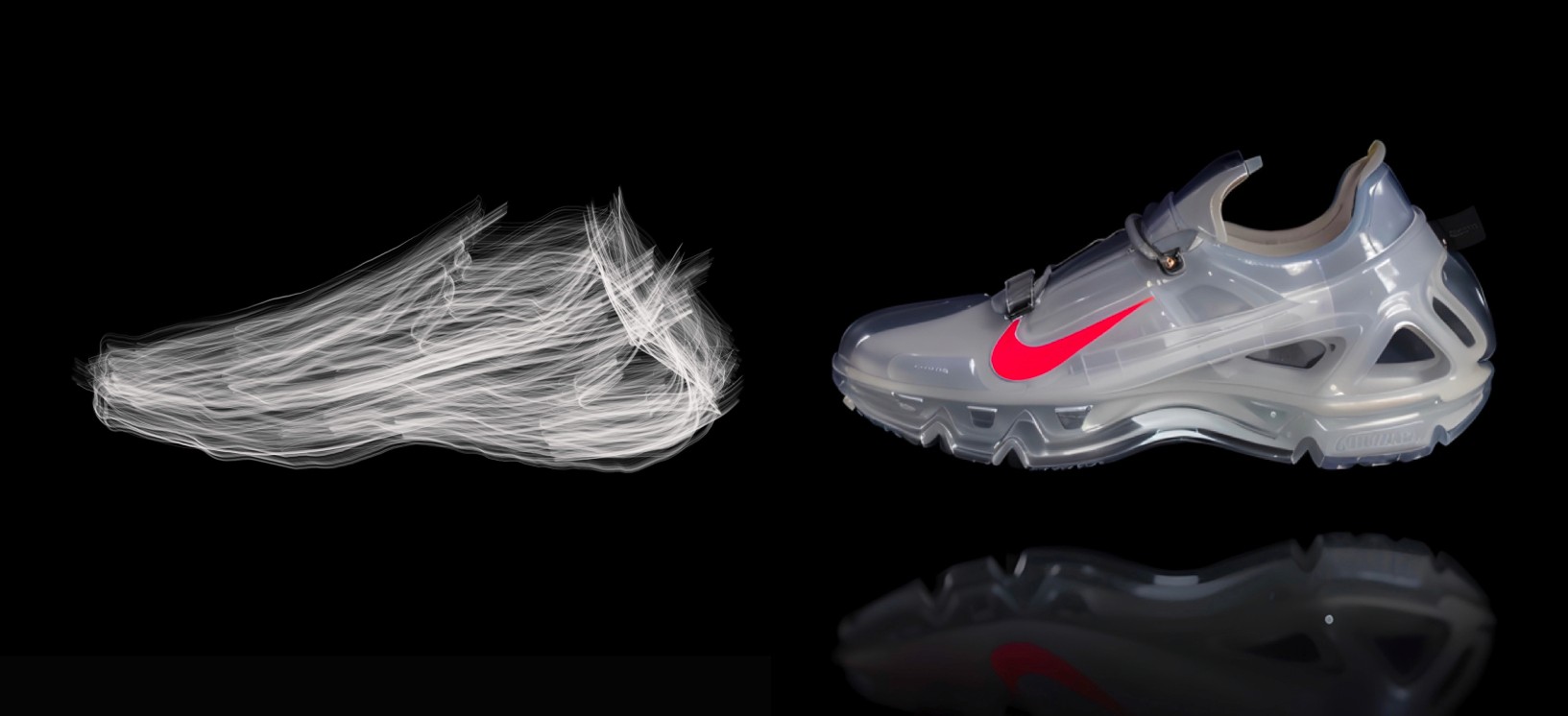
Another misconception is that AI tools should just render out the idea you had in your mind. I use Vizcom very organically and go with the flow. But what does this mean? I never get stuck too much on that first idea.

I trust my instincts and stay alert for the intriguing. This approach requires a creative lens to spot and appreciate unique elements. Whenever something catches my eye, even a minor detail, I make a note of it to possibly blend with other designs, shapes, or materials later. I frequently employ Procreate for initial sketches, then transfer these ideas into Vizcom to add realism and depth.
Try to see Vizcom as an extension of your creative mind rather than an enemy who's stealing your job. At the end, we still guide the whole journey and make the decisions.
How do you balance Vizcom with human-centric design?
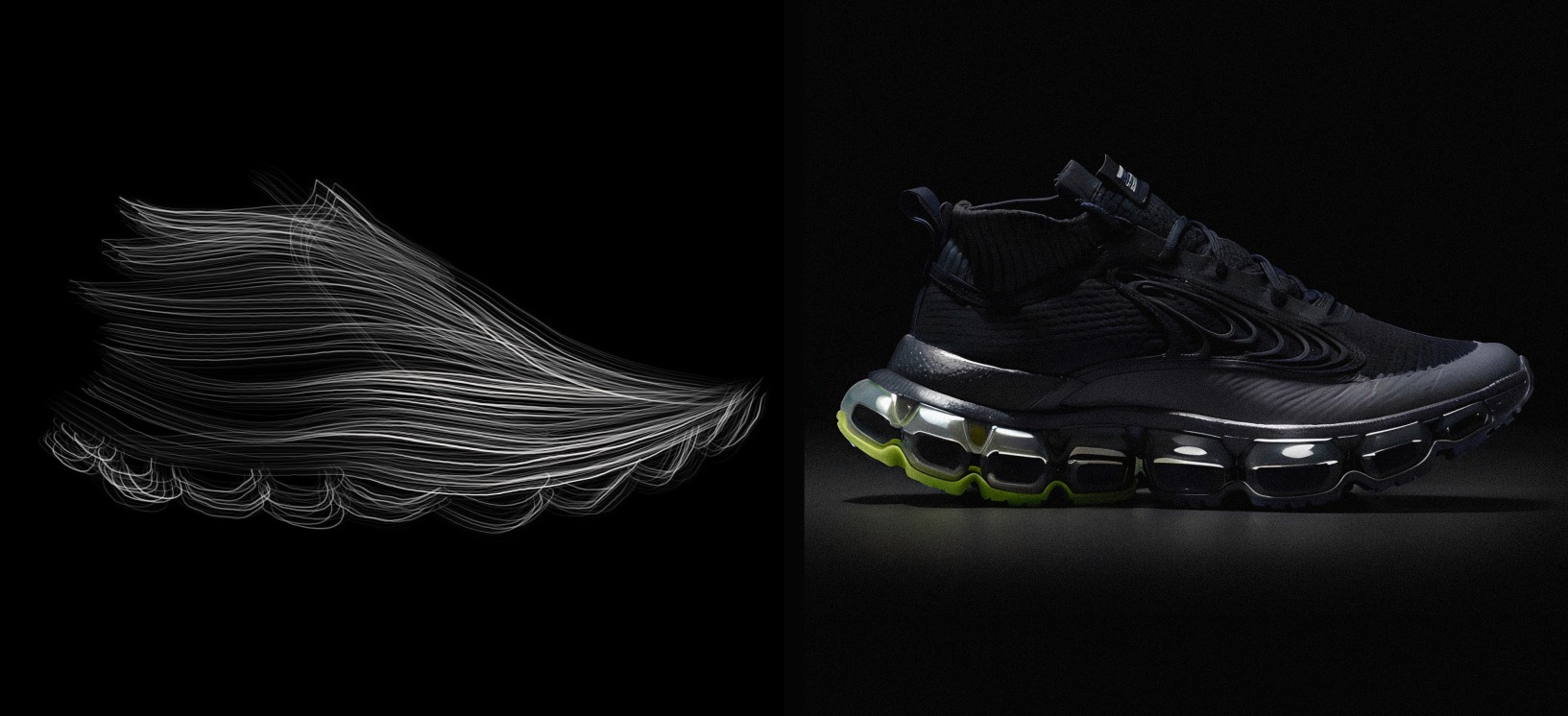
In designing footwear, starting with the last is crucial, particularly for performance shoes, to ensure proper ergonomics and fit from the beginning. Typically, I begin with a side-view sketch as my foundation. From there, I refine my ideas by moving on to Vizcom. This stage helps me either polish my initial concept into a rendered version or explore new design directions.
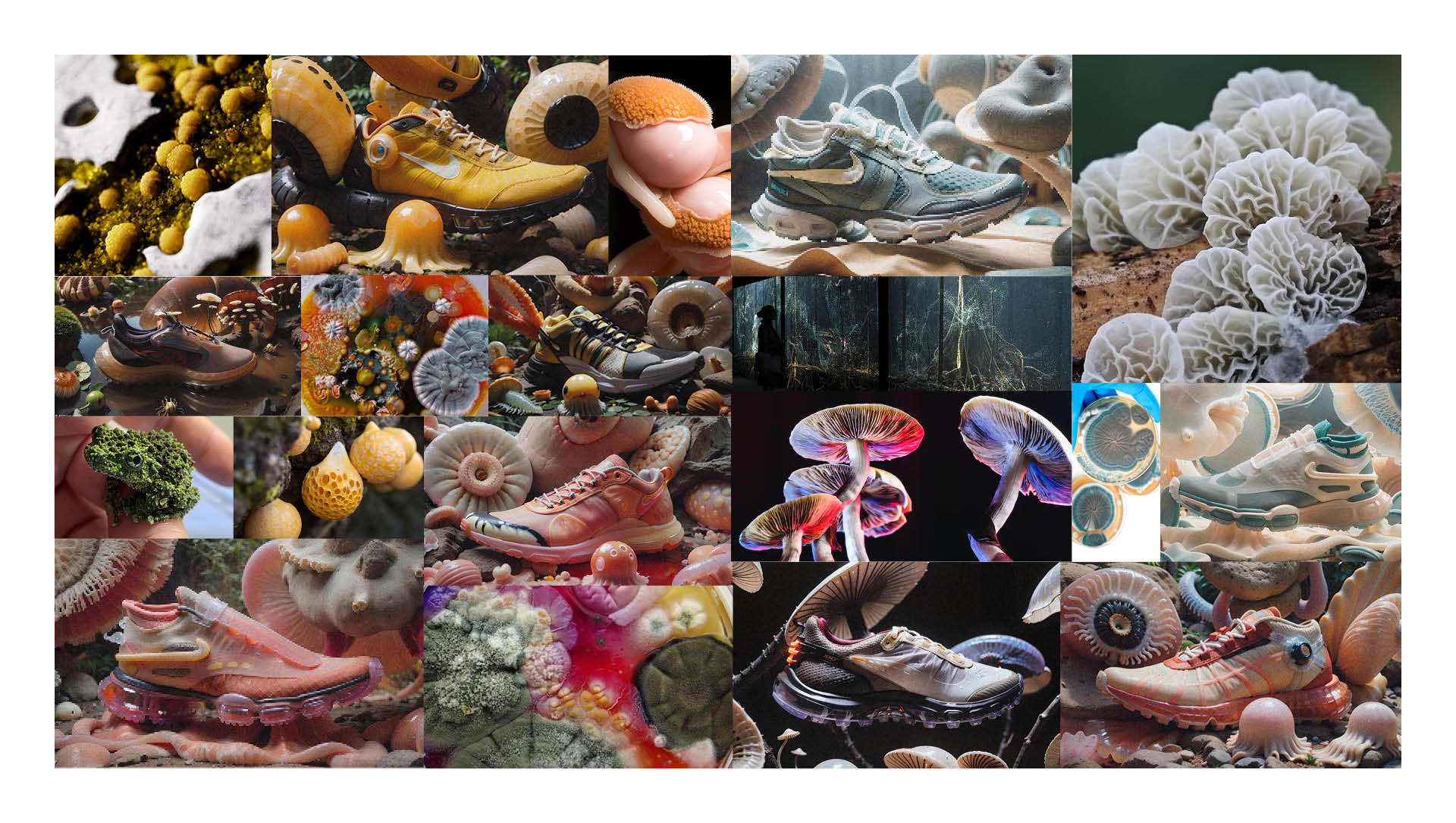
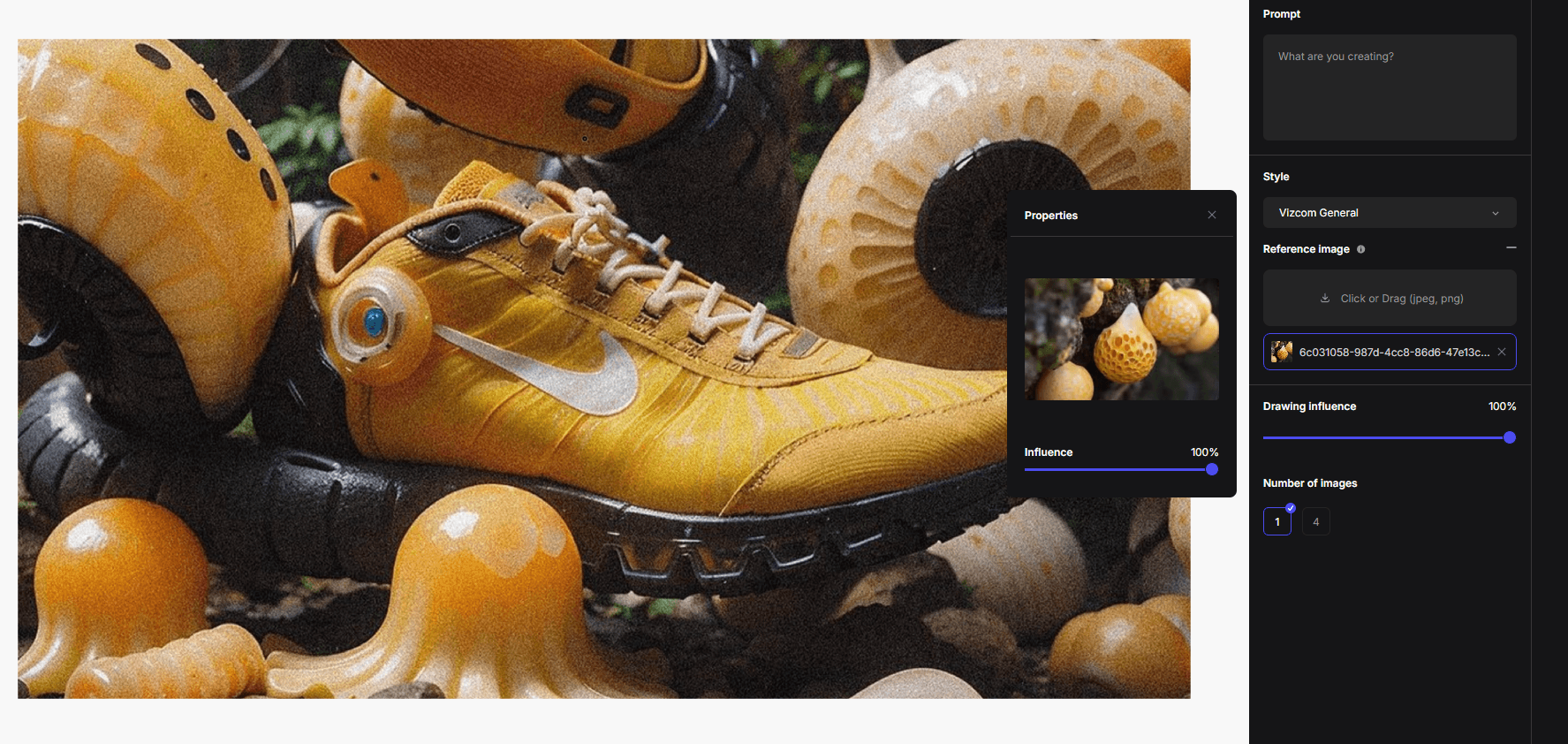
A common misunderstanding about AI is thinking that once it generates hyper-realistic images, the work is complete. However, creating designs that truly cater to human needs involves multiple steps to ensure the final product is genuinely effective.
How do you see AI influencing the design process in the next 5 years?
I told a lot of friends that it's an exciting time to be a designer. Sure we have some serious challenges to tackle but as soon as everybody understands the power of collaboration beautiful things can happen. Collaborations in all ways, people from different departments, companies, countries, and backgrounds, but also man and machines.
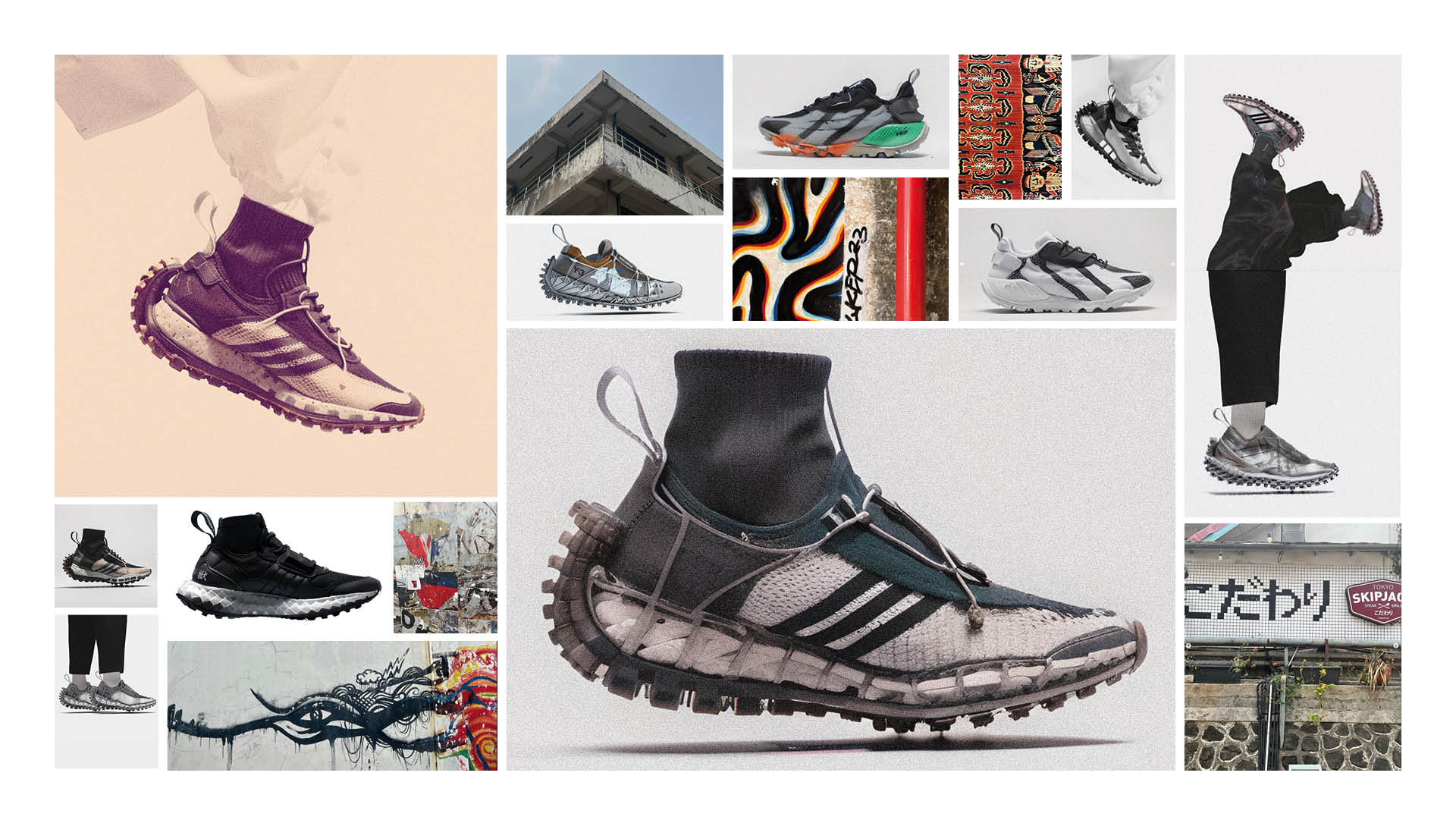
In the next 5 years, a lot of repetitive activities will be heavily influenced by AI in design. CMFs, Tech Packs, 3d to manufacture are just a few topics creatives won't spend as much time on as they used to. This is amazing because then we will have more resources to invest in storytelling, experimenting, questioning the status quo, finding real sustainable solutions, and interacting with people more often again.
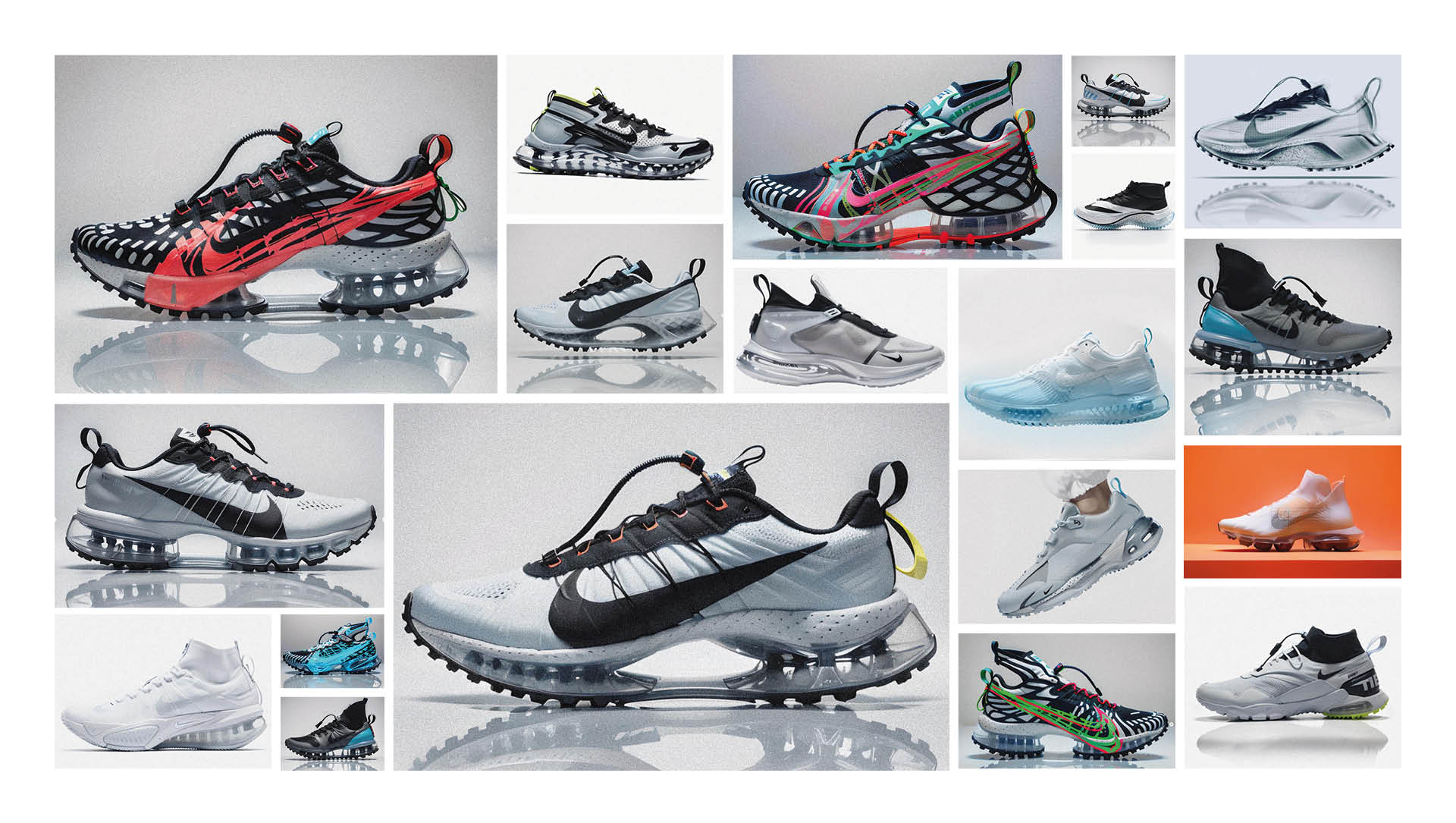
Besides the quantity and quality of creative ideas within a shorter timeframe will increase a lot. So, there needs to be good designers and core team members to judge all these results to take the right path.
Describe the most exciting aspect of merging industrial design with Vizcom.


As mentioned in the beginning, the real strength is having a coworker now all the time. Playing ping pong with ideas creates a unique energy where sometimes it doesn't feel like work. It's more like being in a flow state, comparable with a runner's high where one idea leads to the next.
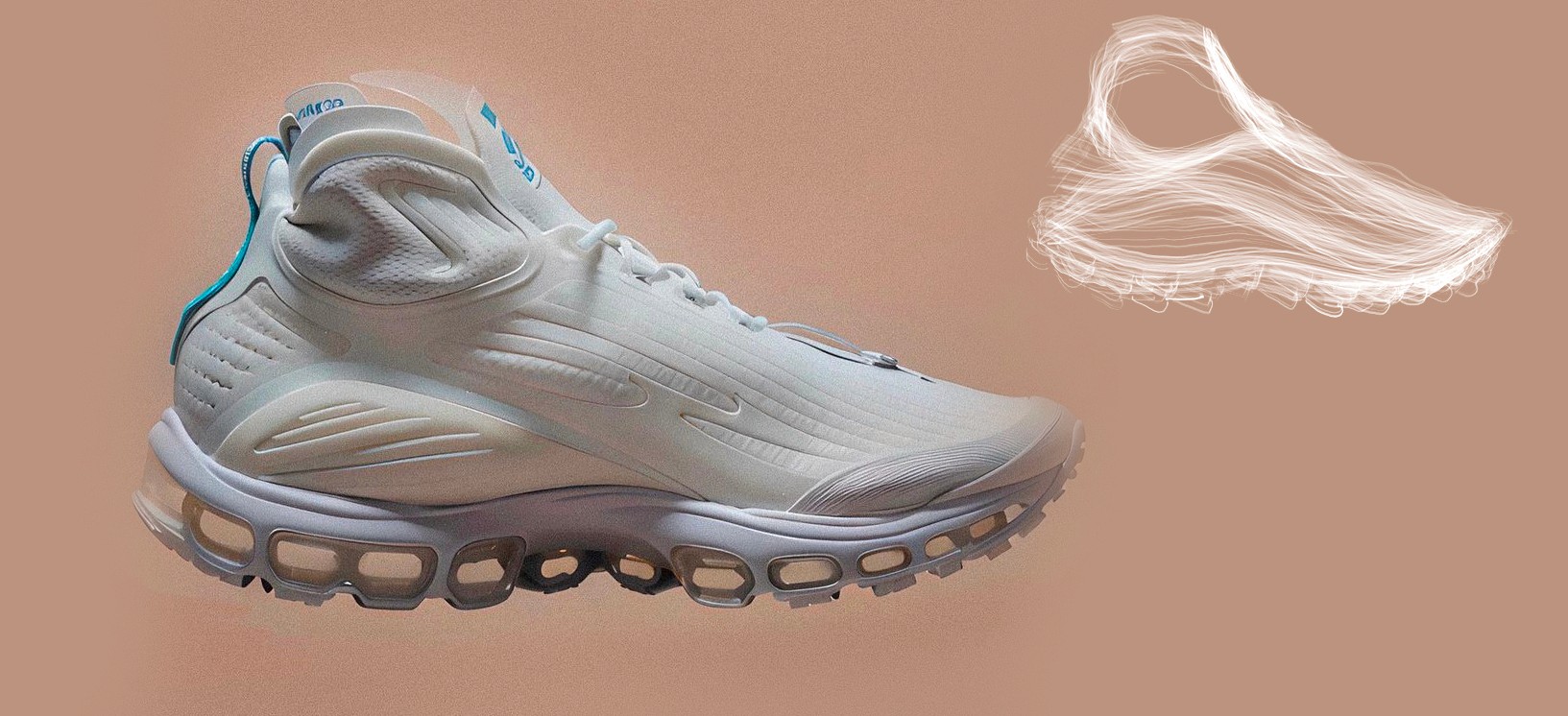
It can get you addicted in a way. It's that magical moment when Vizcom renders out a new vision in such a hyper-realistic way, that you feel that there is something special the world did not see before.
How can young designers & students best prepare for the AI-driven design landscape?
I've always been a huge fan of building fundamentals in the beginning. Especially living in a digital world, we need to learn the basics like model making to understand our physical world first. This is a very important step a lot of creatives nowadays are missing.
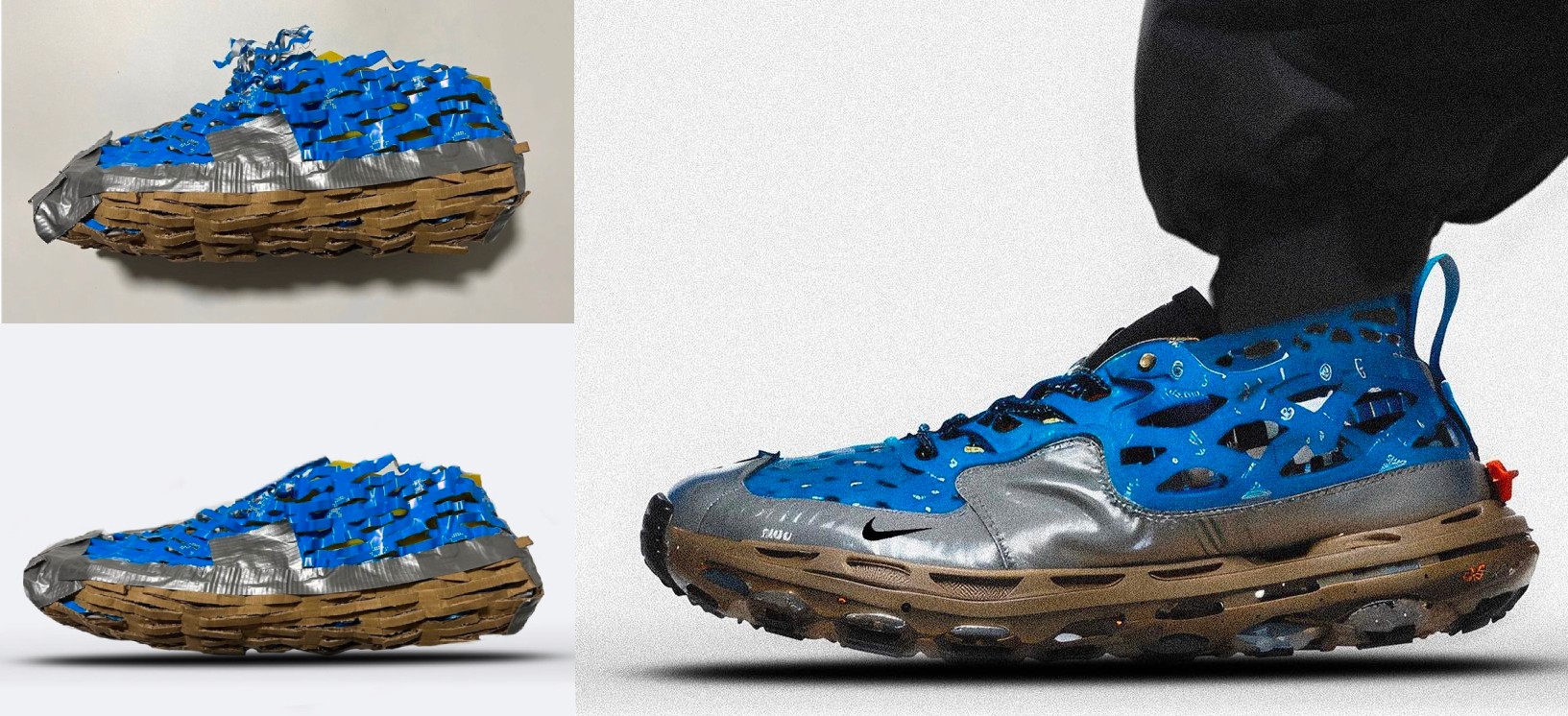
To create innovative designs that stand the test of time, we must master ergonomics, refined silhouettes, seamless surface transitions, and the principles of the golden ratio, among other skills. It's crucial for young designers to begin incorporating these tools early in their careers. However, it's equally important for the emerging design culture to remain critical and challenge the status quo.
👉 Learn more about Dennis Johann Mueller and his work here